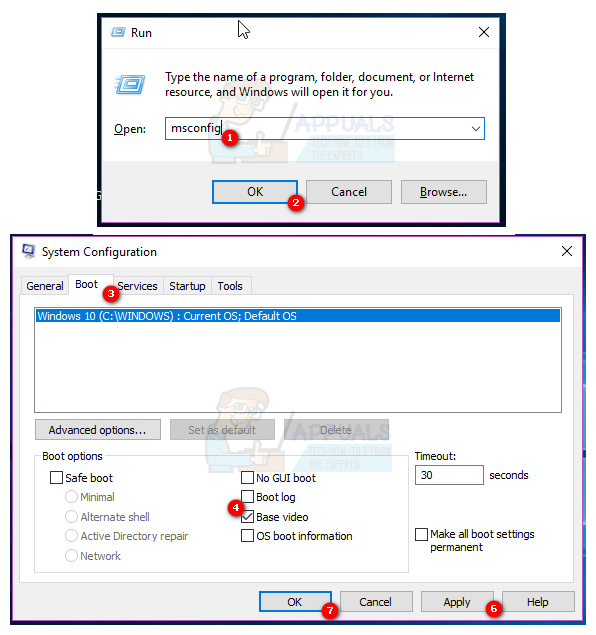How to Fix a Screen Resolution Reverting to 640×480
What would you do if you were using your computer and the display suddenly dropped to the 640X480 resolution, the lowest possible resolution on most computers? Naturally, any sane person would assume that their computer was simply malfunctioning and, in an attempt to resolve the issue, would restart it. However, what if, upon reboot, there was no video output, or the monitor only sporadically received a video signal from the computer? What if your monitor wouldn’t display anything at all and simply stayed blank? The logical conclusion would clearly be that the computer’s GPU had failed during use and could no longer support video output.
However, that is not always the case. If your computer suddenly goes down to 640X480 resolution (or lower, in the case of computers that support lower resolutions) and you rarely see any video output or stop seeing any altogether upon rebooting, the problem does not necessarily lie with the GPU. The following are the two options you have when it comes to troubleshooting this problem, uncovering its true cause and trying to fix it:
Option 1: The software route
Quite a few users affected by this issue find themselves in this predicament simply because they have an MSCONFIG option known as Base video enabled on their computers. In such instances, simply disabling the Base video option resolves the problem. To disable the Base video option on your computer, you need to:
- Press the Windows Logo key + R to open a Run.
- Type msconfig into the Run dialog and press Enter to launch System Configuration.
- Navigate to the Boot.
- Under Boot options, remove the check mark beside the Base video option, effectively disabling it.
- Click on Apply.
- Click on OK.
- Click on Restart.
- Check to see whether or not the problem has been fixed when the computer boots up.

Option 2: The hardware route
- Replace the cables connecting the computer to its monitor. The cables that connect your computer to its monitor are responsible for transporting the video signals from your computer to its monitor. Fried or damaged cables can often result in the display resolution being downgraded and even loss of video output. Therefore, you should immediately replace the video cables – if your computer connects to its monitor via DVI, purchase a new DVI cable; if it’s connected via HDMI, acquire a new HDMI cable. You can even switch to a different kind of connection (from DVI to HDMI, or vice versa, for example) just to be absolutely certain. In addition, video cables are inexpensive to replace.
- Connect the computer to a different monitor. As unlikely as it may seem, the monitor is found to be the culprit in cases involving this problem even more than the GPU, which is why you simply must connect your computer to a different monitor and see if the problem persists. If you do not have a spare monitor lying around, you need not go buy a new one – simply connecting your computer to a TV that supports video input from computers will work just as well.
If you find that the issue persists after replacing both the video cables and the monitor and the software route doesn’t work for you either, you can be entirely certain that the root of the problem is the GPU. In that case, you should see whether or not using a different GPU restores video output, and you should also have your GPU checked out.